The Battle of Britain Memorial Flight’s (BBMF) Pre-Season Work-Up Flying is Now Well Underway at RAF Coningsby
Vintage Aviation News
APRIL 24, 2025
In a special message to Club members on 19th March, Squadron Leader Mark Suggs Sugden, Officer Commanding BBMF, explained that the pause in flying for the BBMFs Merlin-engine fighters had officially been lifted. On the very day that announcement was made14th Marchhe carried out the post-winter-maintenance air test on Spitfire Mk XVI TE311.


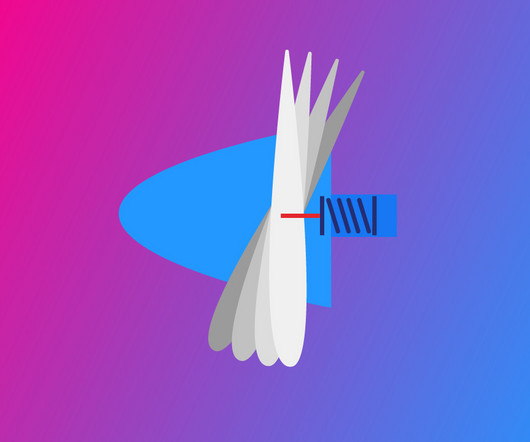

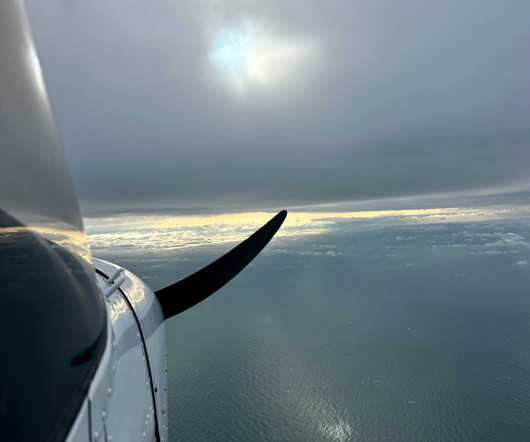


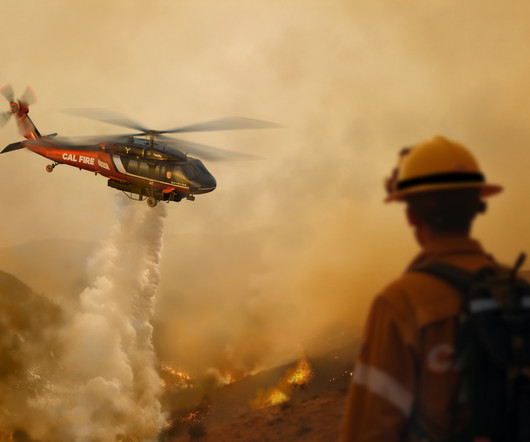
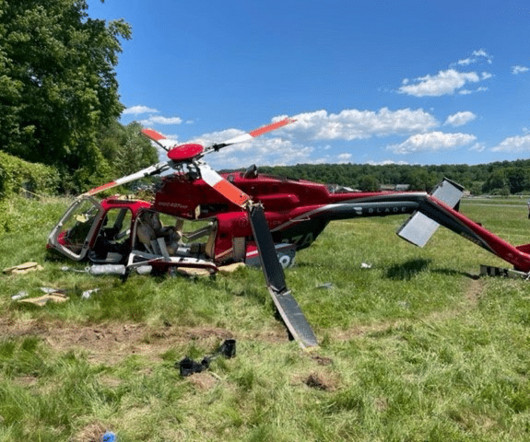
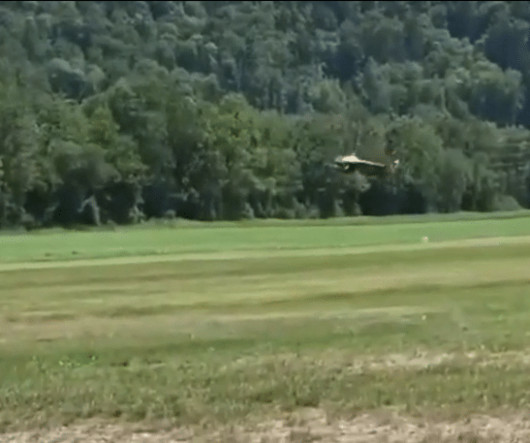
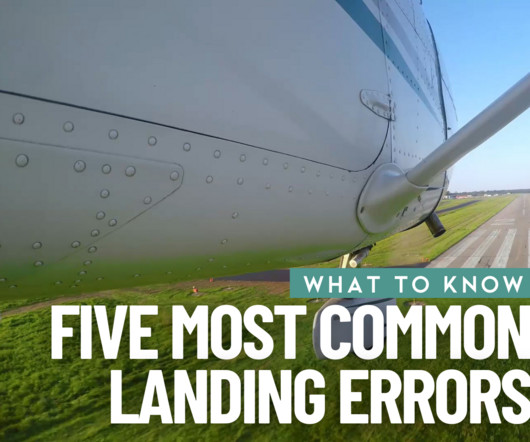

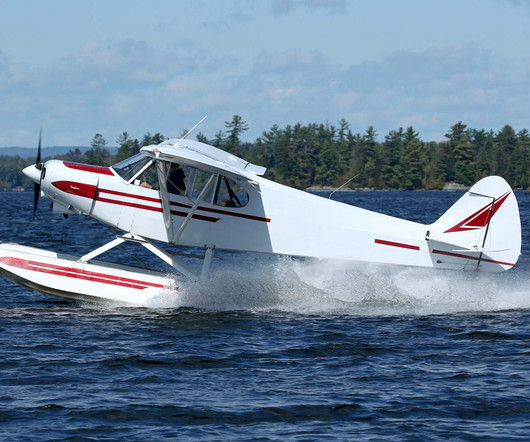
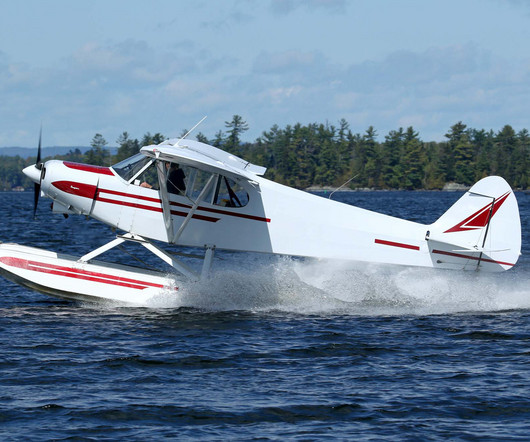









Let's personalize your content